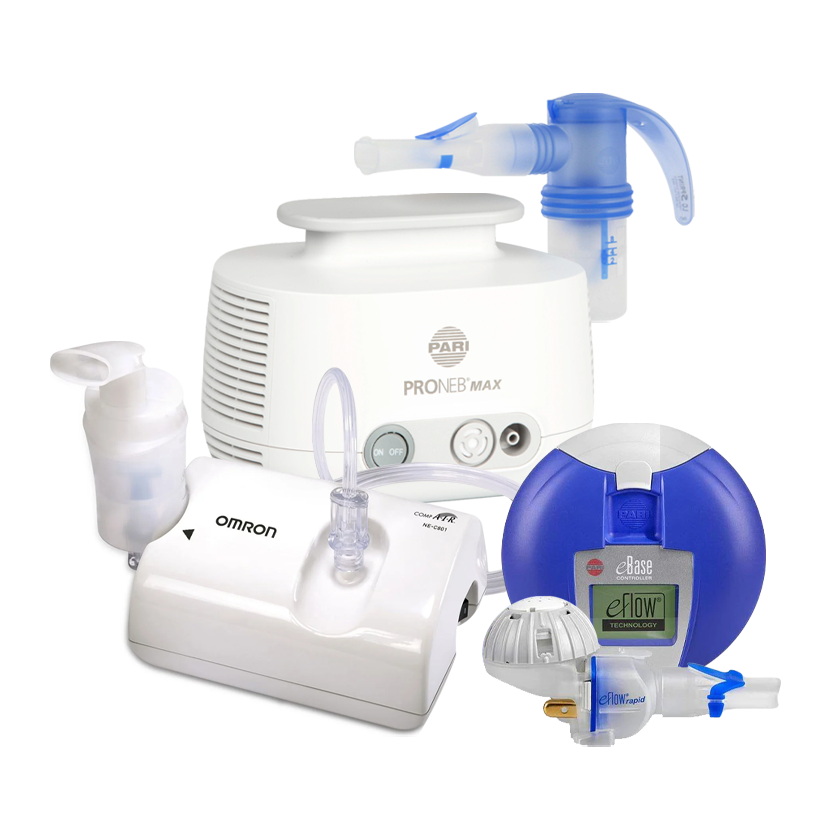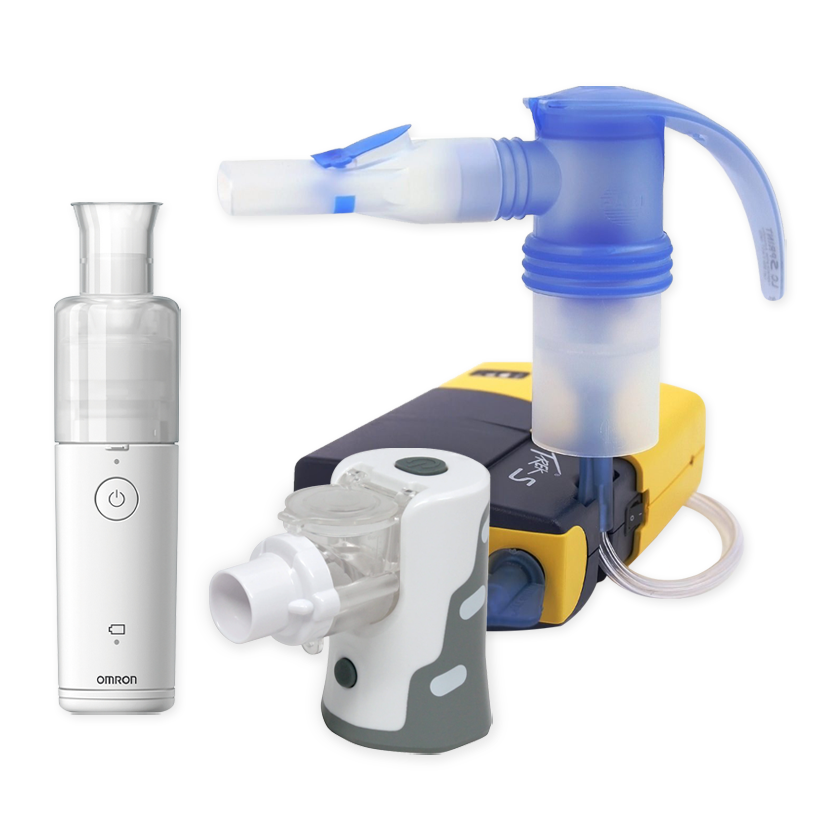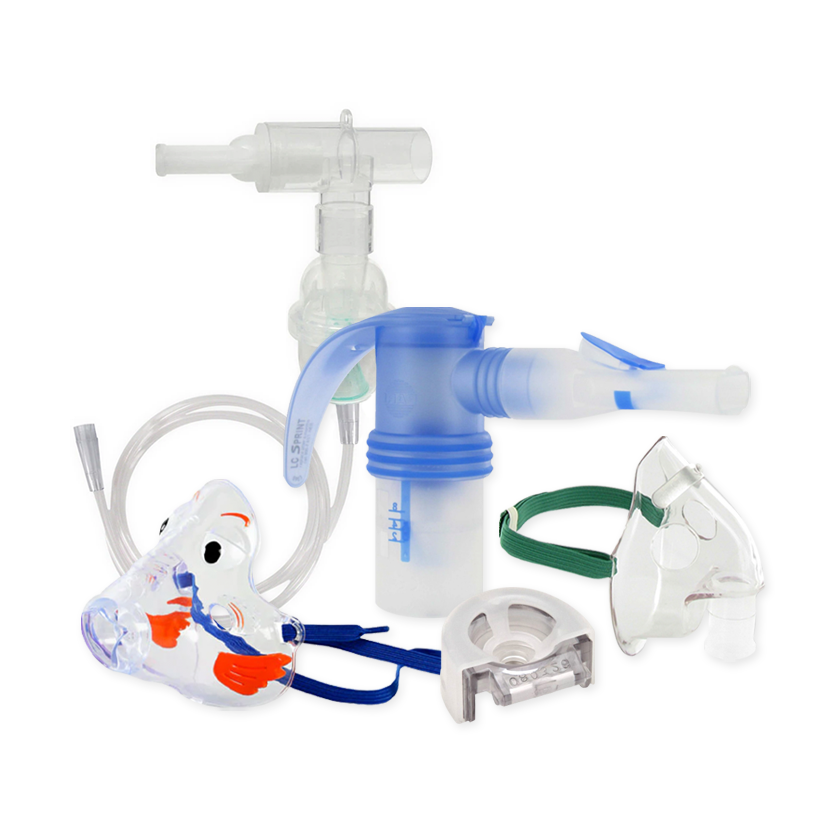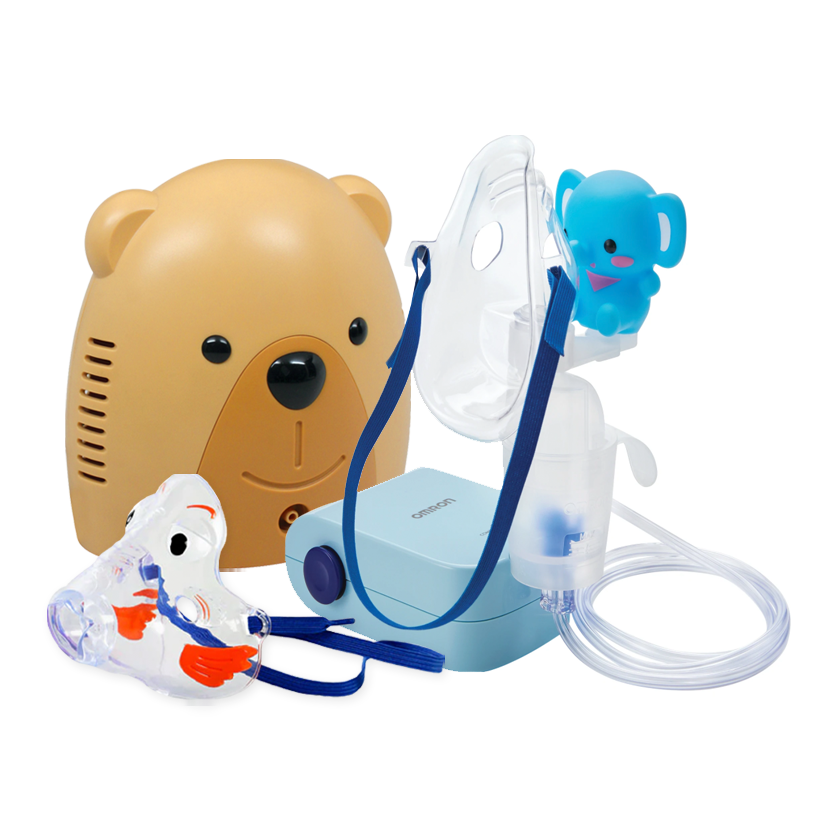Your Cart is Empty
Choosing an Oximeter
What features should you look for in an oximeter?
Who would benefit from using an oximeter?
What is the best oximeter for spot checks at home?
Will your oximeter be subjected to rough treatment?
Which is best for a child?
Which oximeters are FDA approved?
Do you need printing or downloading capabilities?
Who would benefit from using an oximeter?
What is the best oximeter for spot checks at home?
Will your oximeter be subjected to rough treatment?
Which is best for a child?
Which oximeters are FDA approved?
Do you need printing or downloading capabilities?
Features
What features should you look for in an oximeter?
- Levels of accuracy - A warning light on some oximeters notify the user of interference or an inaccurate reading.
- Alarms - Some users or clinicians may need an oximeter with audible alarms in order to indicate low oxygen saturation levels.
- Readability of displayed measurements – Some people prefer color and/or larger numbers or a screen readout that can rotate.
- Durability and battery life – If using frequently or for multiple patients, the user may prefer a rugged design that withstands dropping and humidity.
Types of Use
Who would benefit from using an oximeter?
Certain health conditions requiring oxygen or ventilation can be monitored with an oximeter. Anyone with respiratory conditions, or chronic illnesses such as congestive heart failure, anemia, lung cancer, heart attack, etc. would benefit. Children with asthma, chronic breathing or respiratory problems could be monitored objectively and more closely. Medical providers, dentist, EMTs, and firefighters use oximeters to monitor their patients. Anyone with concerns about low oxygen saturation levels, such as mountain climbers, pilots, scuba divers, and athletes, find oximeters to be a convenient way to monitor their oxygenation.
What is the best oximeter for spot checks at home?
A fingertip oximeter is the most common type for spot checks at home. These small devices fit conveniently on the end of the finger, automatically turn on to display the oxygen saturation level and pulse, and turn off when removed. The Nonin Go2 is a reliable model to be used at home.
Will your oximeter be subjected to rough treatment?
If you anticipate the oximeter being used by many persons, transported to different locations or carried in a supply bag, durability is something you should consider. Buying an oximeter that is designed with extra durability, such as the Nonin Onyx, is a good choice.
Use in Children
Which is best for a child?
The finger oximeters with the smallest openings could be used for pre-school to school age children. These include the Drive PulseOx, The Digit-Ox and Digit-Ox2 from Probasics, any Nonin Onyx model, and the Nonin Go2 and Go2 Achieve.
Accuracy
Which oximeters are FDA approved?
All oximeters that we carry are FDA approved, with one exception for the Nonin Go2 Achieve. This approval, officially recognized under a code called 510k certification, indicates that the pulse oximeter has been shown to perform within a close and reasonably effective range as the FDA’s trusted standard model. Currently the Nonin Onyx II 9550 serves as the FDA’s standard. The Nonin GO2 Achieve is the only pulse oximeter we sell that has not gone through this testing but it has been designed with the same technology as the Go2 Prescription Version. The Go2 Achieve is designed to be used for health monitoring with no prescription necessary. The other Nonin products require a medical prescription.
Other Capabilities
Do you need printing or downloading capabilities?
The Nonin Onyx II 9560 has Bluetooth technology that allows the exchange of information. Other oximeters that allow information to be recorded include all of the hand held models that are listed under ‘Clinical Use’. Also, every hand held pulse oximeter that we offer is capable of recording continuous use measurements that can be analyzed and printed with use of a computer and specialized software. These capabilities are typically used only in clinics and in lab settings.





